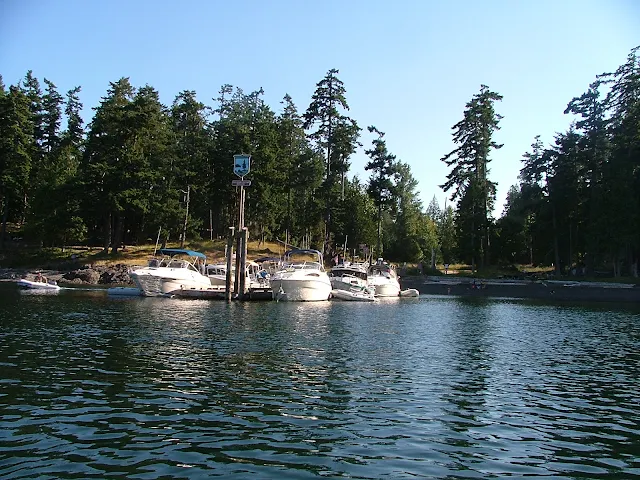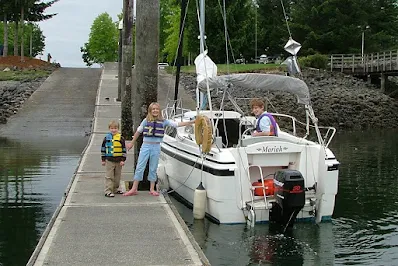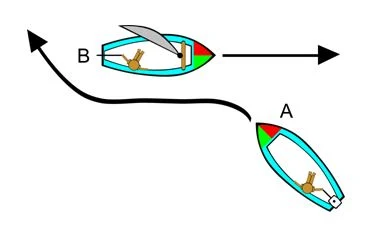Led light pitfalls!
I am straying into boating topics and away from Sailing the San Juan's type posts because so much of what we do is prepare for what we do.
Last summer we were stranded at Jones Island with dead batteries. see dead battery pain in the ### trip A number of reasons contributed to our predicament, but mostly I simply used up all my available juice. Led's, everyone knows are the new answer to hungry power consuming home lights and are mandated by the rule makers to be incorporated into our lives. It makes perfect sense to use them in our boats where power is limited to what's stored in your battery.
Led lights for boats are mostly modifications of rv and automobile lights because our systems are 12 volts like cars. New fixtures designed specifically to use led bulbs are coming out every day but who wants to switch out expensive fixtures for even more expensive fixtures.
The answer for some of us is to simply switch bulbs, and that is when my problems began.
I went online and a few days later my expensive led bulbs showed up.
- my first problem - the new led bulb was an irritatingly bright bluish white that made my wife's skin look alien.
- solution - order another bulb and pay attention to color, cool white, warm white, kelvin etc. Now I know that around 2700 color is pleasing and 6500 is not. (16 boat bucks wasted)
- next problem - brightness or lumens of 25-75 add to ambience under a counter or stair, but won't light up the table or cooking area
- solution - buy bulbs with over 200 lumens (I think this would be about 2 watts) and make sure they are close to area to be lit up.
- final problem - replacement bulbs are primarily configured for tail light and turn signal applications and not area lighting. Some led's are arranged on a cylinder, some on a card, and all the little buggers seem to be directional, some with a narrow beam.
- solution - none in my case except buy new fixtures, with the correct bulb included.
- final, final issue - automobile fixtures use the steel body for a ground, but boats being mostly fiberglass use fixtures with two wires, and sometimes bulbs with a ground terminal (not the brass base) so you must be sure to look at the bulb base terminals and match properly.
My boat has four different types/styles of interior lighting fixtures, after a generous amount of research I have come to the conclusion that there is simply not a suitable led bulb replacement made for some of them. Without changing fixtures, I will have to put up with what's out there.
The good news is, I have lots of company, prices are coming down and new products are invented almost daily.
BTW, I just installed a new 120 lb 4d house battery rated at a whopping1645 amps and I am looking forward to hanging at Jones Island July 5-6 this year. I hope to see you there, I'll be the one doing nothing.
The good news is, I have lots of company, prices are coming down and new products are invented almost daily.
BTW, I just installed a new 120 lb 4d house battery rated at a whopping1645 amps and I am looking forward to hanging at Jones Island July 5-6 this year. I hope to see you there, I'll be the one doing nothing.

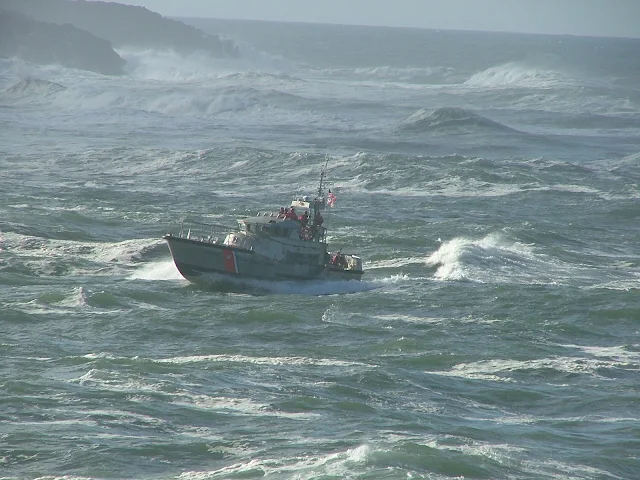



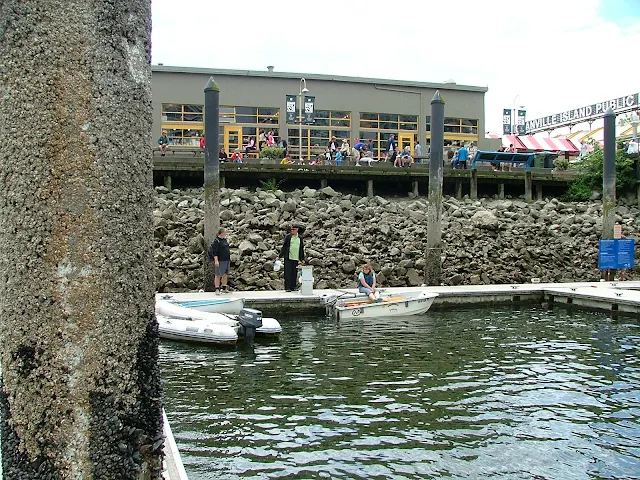
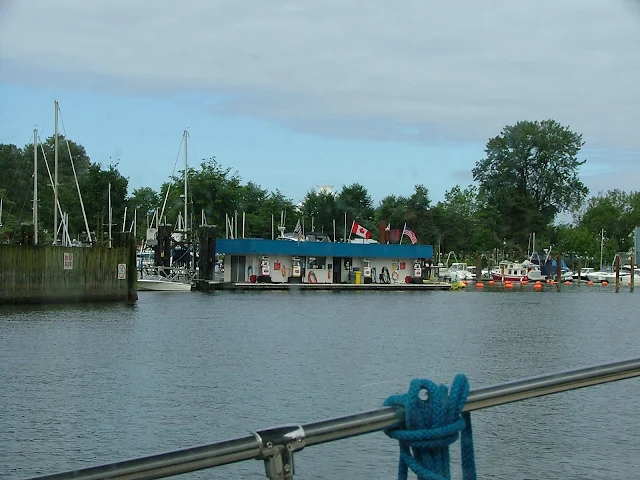



%2Bfor%2Bthe%2BSan%2BJuans-1.JPG)








